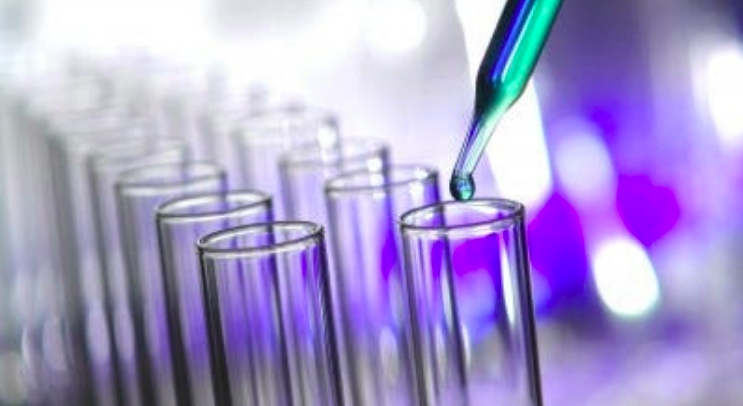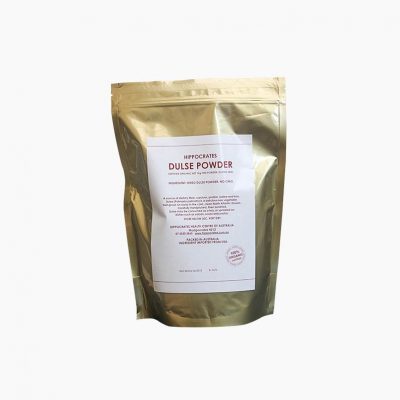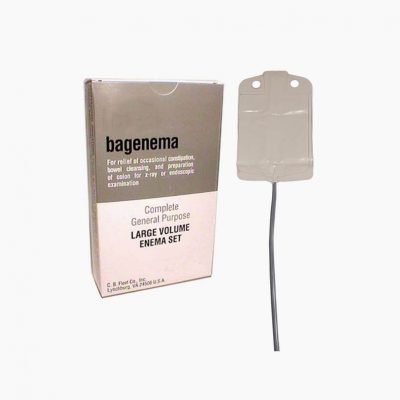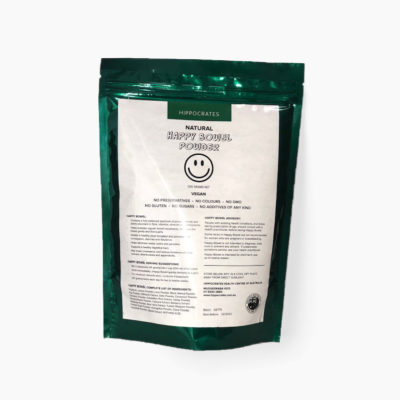
WHY HAVE WE REFUSED ALL VACCINES EVER SINCE 1966?
Disgusting Chemicals in vaccines: MF59
An adjuvant is a substance added to produce a high antibody response using the smallest amount of viral-containing (antigen) solution possible in the shot. By definition adjuvants are considered to be “pharmacologically active drugs.” They are designed to be inert without inherent activity or toxicity on their own yet they are required to “potently augment effects of the other compounds” in the vaccines. It is difficult to explain how a substance can be defined as “pharmacologically active” and at the same time, be described as “inert and have no activity or toxicity.”
The first adjuvants were used in 1925 by French researcher G. Ramon. He found that by adding breadcrumbs, agar, tapioca, starch, or oil lecithin to vaccines, he could increase the response to diphtheria and tetanus antitoxins. Although these substances are no longer used, adjuvants are regularly added to vaccines and they are grouped chemically into “classes” based on their mechanisms of action. For example, hyper-tensive drugs are grouped together based on how they work; one can be classified as a “beta-blocker” and another as an “ace-inhibitor,” based in its effect in the body. Adjuvants are similarly grouped based on the type of immune system response they are thought to induce. But therein lies the rub: After more than 75 years of use, the mechanism of actions for most adjuvants is still “incompletely understood.” In other words, what they do to the body is unknown.




